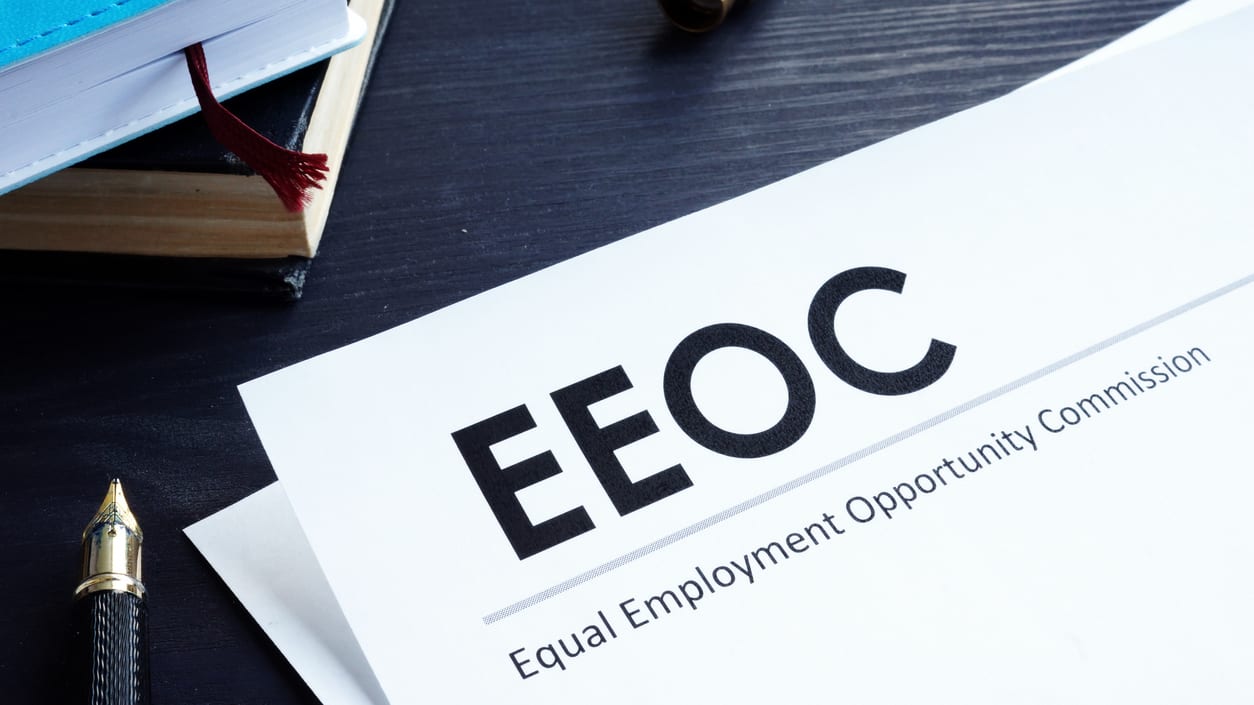The U.S. Equal Employment Opportunity Commission (EEOC) has announced its tentative schedule for the 2021 EEO-1 Component 1 data collection portal, which is set to open on April 12 with a filing deadline of May 17. We've gathered articles on the news from SHRM Online and other outlets.
EEO-1 Reporting Obligation
Businesses with 100 or more employees and some federal contractors with at least 50 employees must submit an annual EEO-1 form, which asks for information from the previous year about the number of employees who worked for the business, sorted by job category, race, ethnicity and gender.
Shortened Reporting Window
The EEO-1 submission period is significantly shorter than the length of time provided for recent EEO-1 filing periods. The 2017 EEO-1 filing period opened on Jan. 24, 2018, with an initial deadline of March 31, 2018. The 2018 EEO-1 filing cycle opened on March 31, 2019, and had an initial deadline of May 31, 2019. For the most recent EEO-1 filing cycle, which covered filings for both 2019 and 2020, the filing platform opened on April 26, 2021, and had an initial filing deadline of July 19, 2021, which was extended several times until a final deadline of Oct. 25, 2021, was announced. No explanation was provided for the shortened reporting window.
The EEOC also announced the discontinuation of the use of Type 6 reports for multi-establishment employers. Type 6 reports allowed these employers to report only the total number of employees at an establishment with fewer than 50 employees, instead of providing demographic data by EEO-1 category for each location.
(Ogletree Deakins) and (The National Law Review)
Single-Establishment vs. Multi-Establishment Filing
Single-establishment companies are required to submit only one EEO-1 Component 1 data report. Multi-establishment companies must submit:
- A report for the headquarters.
- A report for each establishment of the company with 50 or more employees.
- A report for each establishment with fewer than 50 employees. The Type 8 establishment report, as it's called, must include employee data for each establishment broken down by job category, race, ethnicity and gender.
- A consolidated report that includes all employees.
(EEOC)
Change Was Not Surprising
The discontinuation of Type 6 reports was not surprising. Type 6 reports limited the information the EEOC was provided. For the 2019 and 2020 EEO-1 filings, only employers that had previously used Type 6 reports were allowed to continue using them. In its Jan. 6 announcement, the EEOC stated that the discontinuation of Type 6 reports "will allow the EEOC to collect more accurate employee demographic data in support of the agency's mission to prevent and remedy unlawful employment discrimination and advance equal opportunity for all in the workplace."
Extensions Last Year
Covered employers had until Oct. 25, 2021, to file their 2019 and 2020 EEO-1 reports. Although the reporting deadline was delayed several times during the COVID-19 pandemic, the agency eventually said it would not authorize any more extensions. The EEOC said it does not intend to collect controversial pay data from Component 2 of the EEO-1 form, which was the source of a heated legal dispute in recent years.
Was this resource helpful?




